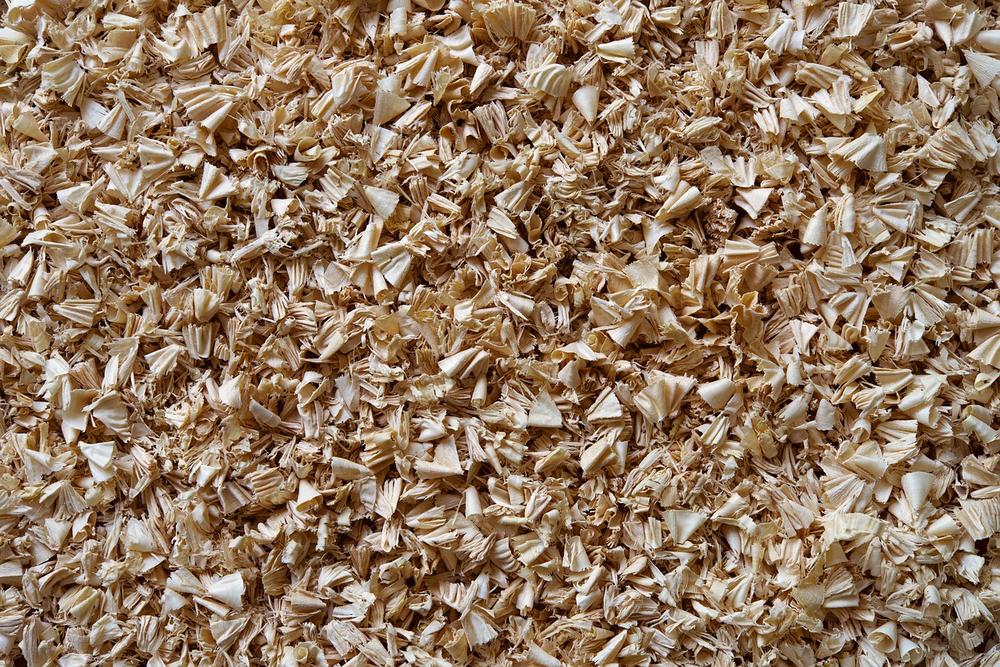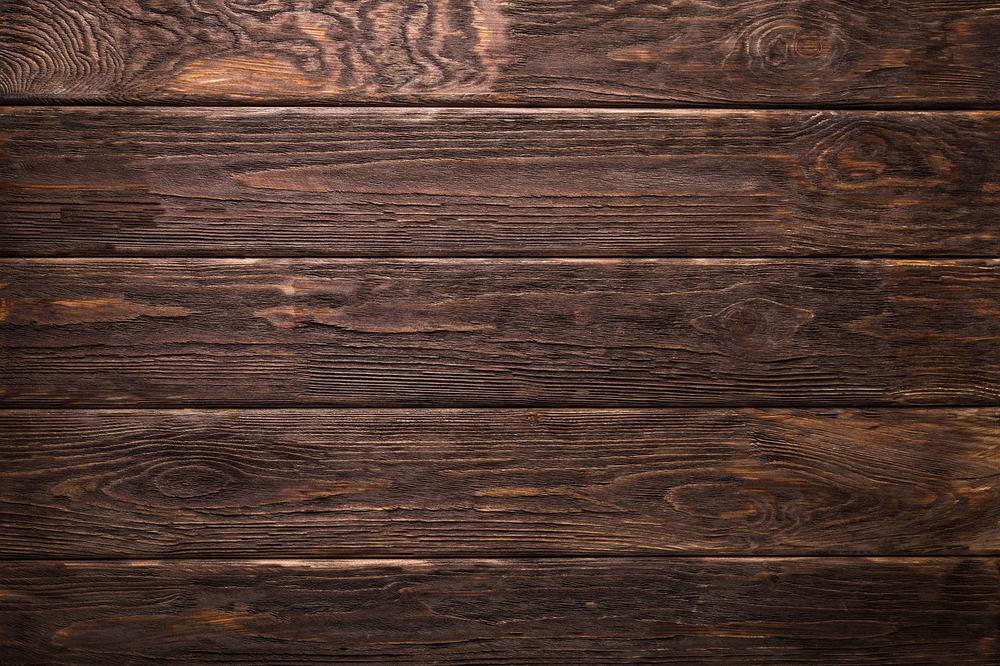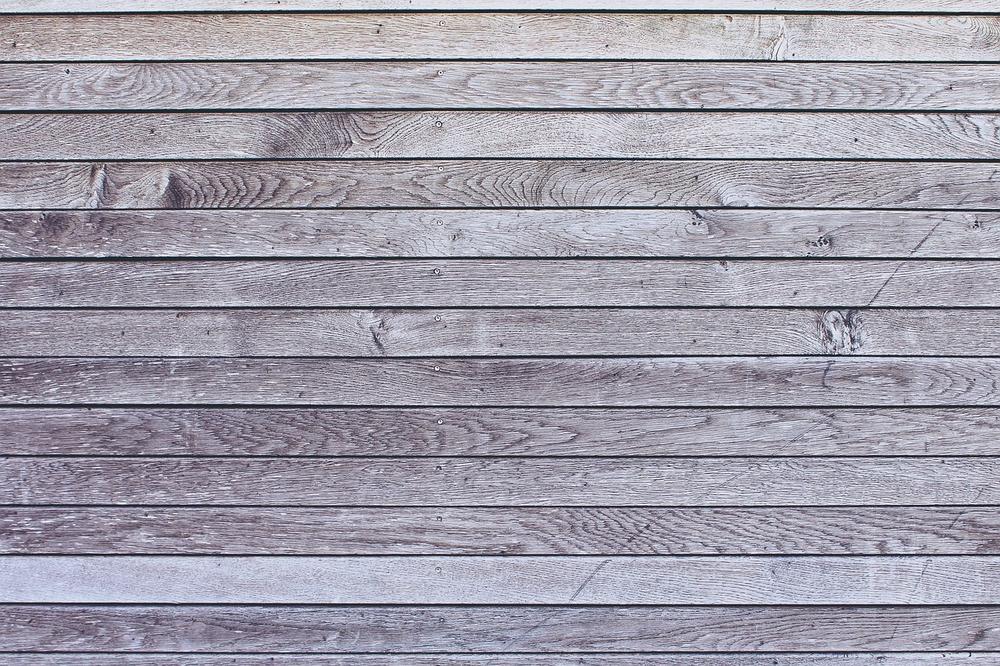How to Fix Cat Scratches on Wood: The Most Effective Methods

Want to fix those pesky cat scratches on your beloved wood furniture?
Determined to restore it to its former glory? 😄
Trust me, I've been there.
It's like a slap in the face every time you see those unsightly marks.
But fear not, today's guide has got your back.
Don't wait any longer, let's get those scratches gone!
How to Fix Cat Scratches on Wood Trim
Here's how you can fix those pesky cat scratches on your wood trim, my friend:
- Grab a stain pen that matches the color of the wood and use it to touch up any shallow scratches.
- Blend those scratches right into the surrounding wood, so they disappear like they were never there.
- For deeper scratches and nicks, get some wood filler putty and fill them in nicely.
- Use a putty knife to evenly spread the putty, making everything smooth and seamless.
- Before you start fixing things up, make sure to give the scratched area a good cleaning.
- To avoid any messy mishaps, slap some tape strips onto the spots you want to fix, so the putty doesn't stick where it shouldn't.
- No need to go all crazy with sanding down the floors, my friend - that ain't necessary for these scratch repairs.
- If you really want to kick things up a notch, think about adding an extra coating of stain for some seriously slick results.
- And if those scratches are chilling out on a door frame, make sure to grab some non-toxic wood filler for safety's sake.
- Smooth everything over with some sandpaper or steel wool, and voila! Your repaired areas will be looking mighty fine. 😺
Oh, and don't you forget, my buddy, if you want a super simple fix, just head on down to your local hardware store and pick up some putty. It'll cover up those scratches with ease.

And lest we forget, when it comes to painted wood, go for stained-resistant putty. And for unfinished wood, regular ol' putty will do the trick.
These tips, my pal, they'll have you fixing cat scratches on your wood trim like a pro.
Main points I'll expand upon further down this article:
- Clean the scratched area with a damp rag.
- Sand the affected area with 220 grit sandpaper until smooth.
- Remove dust remnants and wipe the surface clean.
- Apply stain or polish that matches the wood frame.
- For deep scratches, fill with walnuts or wood filler.
- Scrape filled area clean and let dry before applying wood filler.
- Let wood filler set for 5 minutes, then wipe off excess.
- Match the color of stain or paint with the wood frame and apply.
- Seek professional assistance if other methods don't work.
- Understand and address scratching behavior in cats to prevent future damage.
Now, you might be wondering how to handle more stubborn or larger scratches on your wood surfaces.
Don't worry, my friend, because I've got some sneaky tricks up my sleeve that will save the day and impress you with their effectiveness!
Fixing Deep Scratches
Fixing surface scratches on wood
So, you've got some scratches on your fancy wooden furniture.
No worries, I've got a few tips for you that will fix them right up.
First, grab a slightly damp cloth and give the scratched area a good clean.
You want to get rid of any dirt or debris so it doesn't mess with the repair.
Next, take some smooth-grained sandpaper (220 grit), and gently sand the scratched spot.
Keep going in the same direction as the wood grain until it feels nice and smooth.
When you're done sanding, use another clean cloth to wipe away any lingering dust.
Now comes an important step:
To protect the scratch from further damage and prevent it from splintering, apply a thin layer of clear nail polish using a small brush or even a cotton swab. Easy peasy.
Filling scratches like a pro
Got deeper scratches?
No problem, I've got your back.
First, use a putty knife to scrape off any excess filler and make it nice and smooth.
Now, the secret ingredient:
Wood filler.

Apply the filler to the scratch and wait about 5 minutes for it to set.
Then, take a damp paper towel and wipe away any extra filler.
Repeat this process if necessary until the scratch is fully filled.
Once the scratches are filled, it's time to match the color of the stain or paint to your wood frame. Apply the matching color and let it dry.
Good as new!
Dealing with deep scratches
Okay, what do you do when the scratches are really deep?
Like, deeper than the ocean?
No worries, I've got a couple of tricks up my sleeve.
First, try gently wiping the area with a damp rag.
Sometimes that can minimize the appearance of those pesky deep scratches.
If that doesn't work, you can experiment with walnuts or wood fillers. Gently rub them over the scratch, and watch them fill in the gap.
And if none of these tricks work for you, well my friend, it might be time to call in the professionals.
They'll know exactly what to do when things get really tough.
And now, I'm excited to share some additional tips and tricks for tackling those pesky cat scratches on your wood furniture!
So, let's dive right in and explore a variety of methods and products that can help you effectively fix those deep scratches...
Fixing Light Scratches
Rub toothpaste onto light surface scratches and buff gently with a soft cloth to remove shallow scratches and restore smoothness to wood.
For deeper scratches, use wood fillers or apply a mixture of vinegar and olive oil to cover them up.
Avoid ineffective scratch covers like Old English as they may leave stains and residue.

To mask light scratches, sandpaper the area and apply stain or polish in the same color as the wood frame. Wipe the area with a soft cloth and regular wood cleaner.
You can also minimize the appearance of scratches by rubbing the meat of a walnut over them.
Unfortunately, even after trying pecan and walnut meat, stain pens, and steel wool on cat scratches, unsatisfactory results were obtained.
However, wood glue can temporarily fix minor damage and hide scratches.
How Do I Stop My Cat From Scratching Wood Frames
Stopping your cat from scratching wood frames is possible!
Here's a list of practical tips to help you:
- Understand and address the reasons behind your cat's scratching behavior. Boredom, attention-seeking, exercise, or marking territory can be driving factors.
- Place sticky adhesive furniture pads on frequently scratched areas. The texture and stickiness deter cats from scratching those surfaces.
- Provide your cat with enough mental and physical stimulation by engaging in play sessions and offering interactive toys.
- Offer a suitable scratching post near wood frames. Attach folded aluminum foil for crinkly sounds and sprinkle catnip weekly on cardboard pads to increase their appeal.
- Regularly trim your cat's nails to minimize damage caused by scratching.
- Consider using double-sided tape as a deterrent on wood frames.
- Opt for more durable wood or apply protective cat scratch protectors on vulnerable areas.
- Avoid declawing, as it is not recommended and can have negative effects on your cat's well-being.
- Different types of scratching surfaces such as tall tree trunk-like posts, carpet-covered scratching posts, or cardboard scratchers can meet your cat's scratching needs.
Patience and positive reinforcement are key when training your cat.
You've got this!
And if you've been dealing with your cat scratching wood frames, I understand how frustrating it can be.
But don't worry, because I have a solution for another common cat behavior that can cause frustration.
If you want to find out why your cat is running out of the litter box while pooping, I highly recommend checking out my blog post: Cat Runs Out of the Litter Box While Pooping.
It's an informative guide that will help you understand the reasons behind this behavior.
So if you're determined to address these issues with your feline friend, hop on over to my article for some valuable insights.
And that wraps up today's article.
If you wish to read more of my useful articles, I recommend you check out some of these: Cat Scratching Tv, Cat Peeing in Plants, Why Do Cats Hate Getting Their Nails Cut, Can a Cat Ride in a Car Without a Carrier, and Should I Adopt a Declawed Cat
Talk soon,
-Sarah Davis